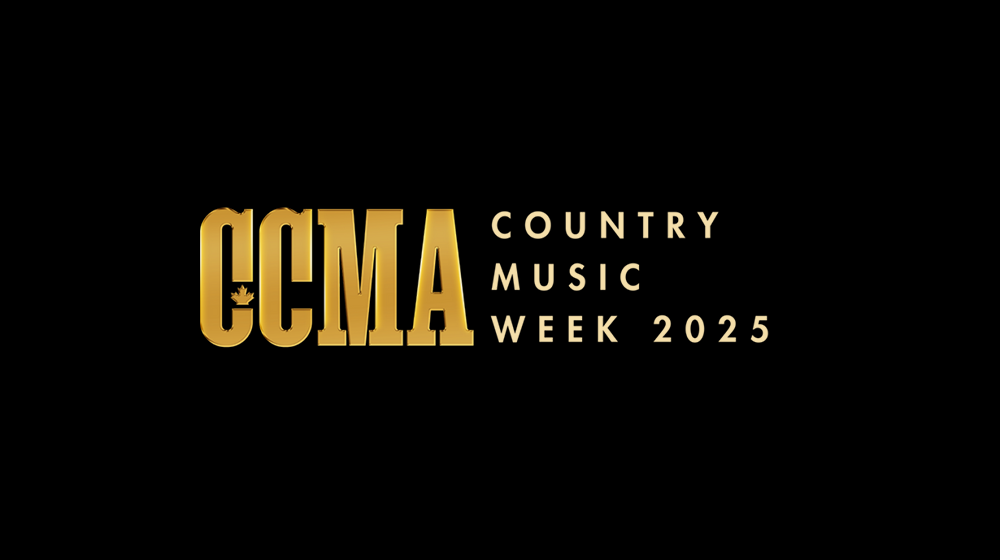
TORONTO (CelebrityAccess MediaWire) — Following the largest-ever annual decline in Canada's music market – a 12 percent drop from 2005 to 2006 – sales of CDs, music DVDs and other physical music formats fell an unprecedented 35 percent in the first quarter of 2007 compared with the same period a year earlier, the Canadian Recording Industry Association (CRIA) reported.
This comes on top of an almost unbroken string of declines since the widespread advent of unauthorized file-swapping in 1999 and the proliferation of CD and music DVD counterfeiting in recent years. Digital music sales, estimated at about six percent of the Canadian market in 2006, are falling far short of replacing lost CD and DVD sales.
"We've experienced sizeable short-term drops before, but nothing compares to the drastic numbers we're seeing so far this year," said CRIA President Graham Henderson. He cited the decline as a wake-up call for the federal government to rein in Canada's burgeoning black market.
The impact of shrinking sales is being felt in almost every corner of the music business: Canadian and foreign artists, music labels of all sizes, retailers and their employees. For example, CD album sales by Canadian artists fell seven percent in 2006 compared with 2005, according to Nielsen SoundScan's tracking of Canada's top 200 albums. Top 200 CD album sales by all artists dropped nine percent. Such declines have forced Canada's music industry to reduce its workforce by approximately half since 1999.
Terry Canham, a leading accountant who acts for a host of Canada's recording artists, confirms the grim picture. "Though I can't talk about individual clients, I can confirm that the income of Canadian recording artists, large and small, has taken a beating over the last several years," said Canham, president of Green Note Inc., Canada's premier business services firm for musicians. "Any suggestion that Canadian artists have entered into some kind of golden digital age is dangerously wrong and does a disservice to the artistic community."
The two principal factors behind the music sales decline are unabated Internet file-swapping and the widespread availability of counterfeit CDs and DVDs. These factors loom larger in Canada than many other developed nations because of Canada's relatively lax laws and enforcement against both digital and physical piracy.
In contrast with Canada's relatively undeveloped digital market, in the US, where stronger copyright laws and other measures against piracy are in place, digital downloads, subscription services and mobile music now comprise 17 percent of sales. Per capita digital music sales in the U.S. are nearly four times those in Canada. Because of weak copyright rules that inhibit investment in legitimate digital services and their entry into the market, digital sales in Canada are failing to replace declining CD and music DVD sales at the same rate they do in the US.
Based on research conducted last year, Pollara conservatively estimates that there are more than 1.3 billion unauthorized downloads in this country per year, far overshadowing the estimated 20 million legitimate downloads in 2006, as reported by survey respondents. This finding indicates that the readiness of many Canadians to choose unauthorized file-sharing sites over legitimate digital services is fundamentally unchanged since the OECD in 2005 identified Canada as having the highest per capita incidence of online file-swapping in the world.
"Independent research, academic studies and common sense all point in the same direction: that file-swapping and counterfeiting, and the decline in music sales, are closely linked," Henderson said.
The harm is felt by major record labels and smaller, Canadian-owned indies alike. Statistics Canada's Sound Recording Survey found that, in 2003 – the most recent year for which StatsCan has compiled industry earnings – Canadian-controlled firms were left with almost no profit margin (0.5 percent) compared with a profit margin of 7.1 percent in 2000. At multinational firms, profit margins fell from 12.7 percent to 3.2 percent during the same period.
CRIA is calling upon the federal government to update the Copyright Act to protect artists and other creators of intellectual property from the unauthorized dissemination of their work on the Internet. CRIA's initiative is supported by the Canadian Chamber of Commerce and organizations representing the book publishing, software and movie industries.
The groups are also calling for government policies to deter counterfeiting, including measures to curb imports of counterfeit products and tougher laws and enforcement against manufacturing and retailing of pirated goods in Canada. The reforms sought would place Canada on an equal footing with its major trading partners, most of which have already updated their copyright laws in line with the World Intellectual Property Organization (WIPO) Treaties, to which Canada is a signatory.
"The impacts of counterfeiting and digital piracy extend far beyond music to literally any business or occupation based on creative goods," said Michael Murphy, executive vice president Policy, Canadian Chamber of Commerce. "To better protect Canadians and compete successfully in a world economy that is increasingly driven by intellectual property, Canada must act quickly to reform its copyright laws and enact measures against counterfeiting. This is a crime that not only affects every sector of the economy but that also has serious repercussions on the safety of Canadians."
The net value of wholesale physical music sales fell 35 percent in the first quarter of 2007 to $68.7 million, from $105.6 million a year earlier. Unit sales of CDs, music DVDs and other physical formats were 7.1 million vs. 10.2 million – a 30 percent drop. In 2006, the net value of sales declined 12 percent to $536 million, from $609.2 million a year earlier. Unit sales dropped seven percent year-over-year to 50.6 million from 54.3 million.
–Bob Grossweiner and Jane Cohen























































